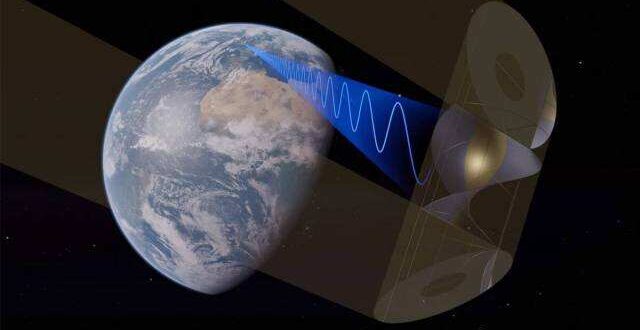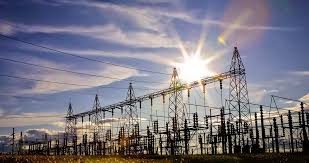Countries around the world seem to be in a race to set up solar power plants in space and beam energy back to Earth. The United Kingdom and China have already displayed interest in building such a technology and now, Japan seems to be the latest member to join the bandwagon.
Why construct a solar power plant in space
Wouldn’t it be cheaper and more practical to construct a solar power plant on Earth? Well, yes, it actually would be. But there are some advantages that would come with building a solar power plant in space instead of here on Earth.
When the UK-based Space Energy Initiative proposed building such a plan to beam back energy from space, its reasoning was that a space-based plant would produce so much more electricity than one of a similar size on Earth. According to the organisation, if if there were two plants with the exact same size, one on Earth in the UK and one in space, the one in space would be able to generate over 13 times the energy.
Another advantage would be that a space-based power plant will not face any intermittence problems. The Sun will always be shining on it in space. On Earth, the Sun will not always shine on a solar plant. Due to this, solar energy plants will have to be complemented with battery storage systems to prevent power loss during unfavourable weather.
Japan’s plans to build a solar power plant in space
A Japanese public-private partnership aims to launch solar panels into space at an altitude of 36,000 kilometres above our planet, reports Nikkei. The power generated by the solar facility will be converted into microwave radiation and sent down to ground-based receiving stations.
A Japanese research group chaired has been working on the technology since the 1980s, according to the publication. The group became the first in the world to successfully transmit power in space using microwaves.
So far, the group has successfully run microwave power transmission experiments horizontally in 2015 and vertically in 2018, both over a distance of 50 metres. It will next attempt vertical transmission with distances between 1 kilometre and 5 kilometres.
By 2025, the group plans to have an experiment that will test if power can be transmitted from outer space to the ground. They will use small satellites to send power to ground-based receiving stations from hundreds of kilometres away.
A similar effort is underway in the United Kingdom where over 50 British organisations, including Airbus, Cambridge University and satellite maker SSTL have joined the UK Space Energy Initiative to work towards such a technology. The initiative has a plan to have a demonstrator plant in orbit as early as 2035.
But if China has their way, it could get to that point even earlier. The country plans to launch a solar power plant in space by the year 2028, according to the South China Morning Post. But the Chinese satellite will be launched to an altitude of 400 kilometres.

 Iran Energy News Oil, Gas, Petrochemical and Energy Field Specialized Channel
Iran Energy News Oil, Gas, Petrochemical and Energy Field Specialized Channel



